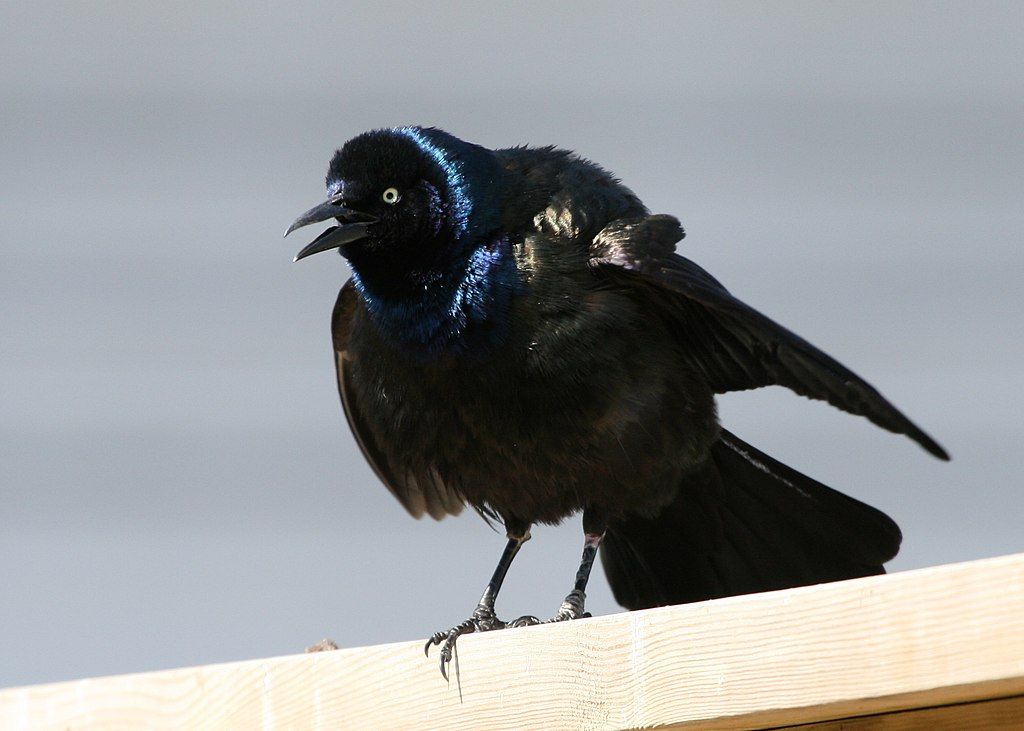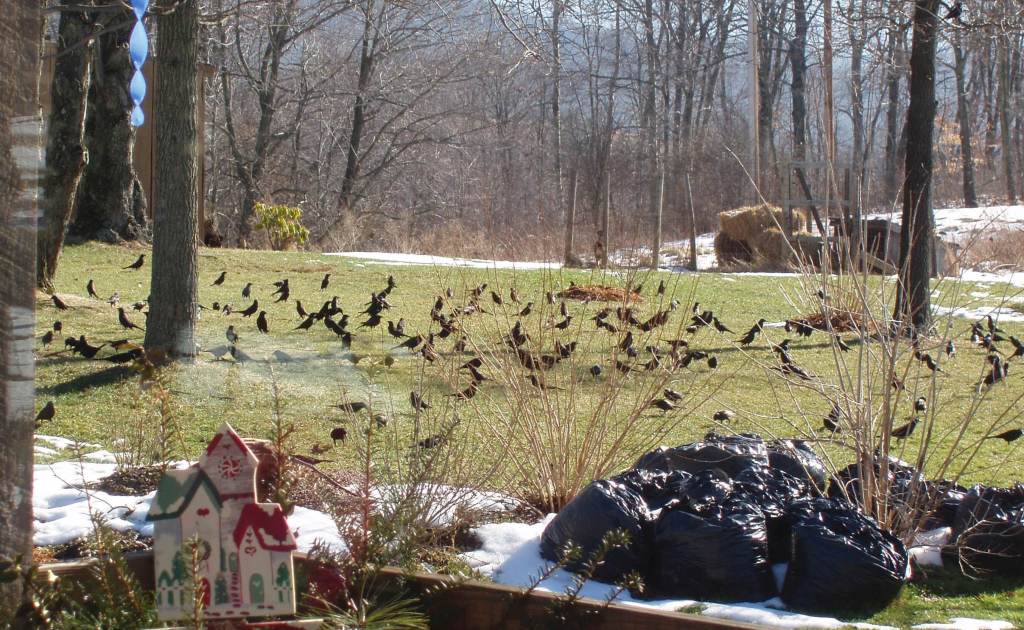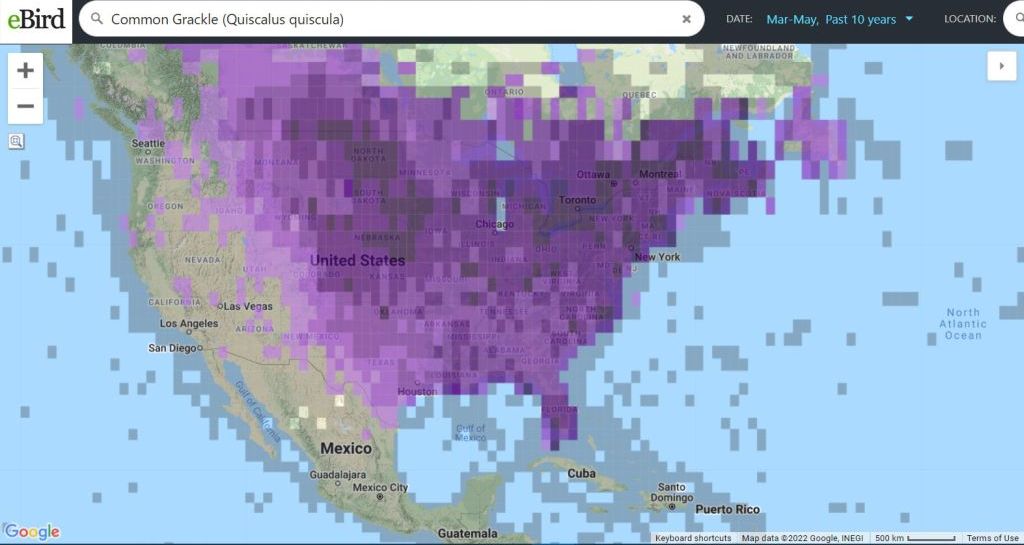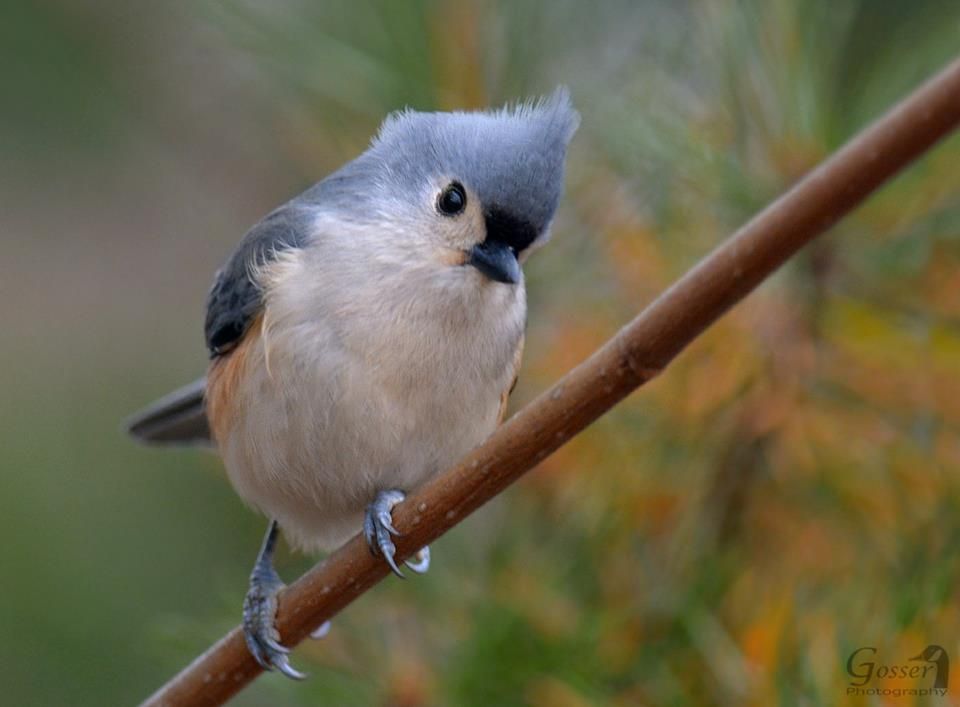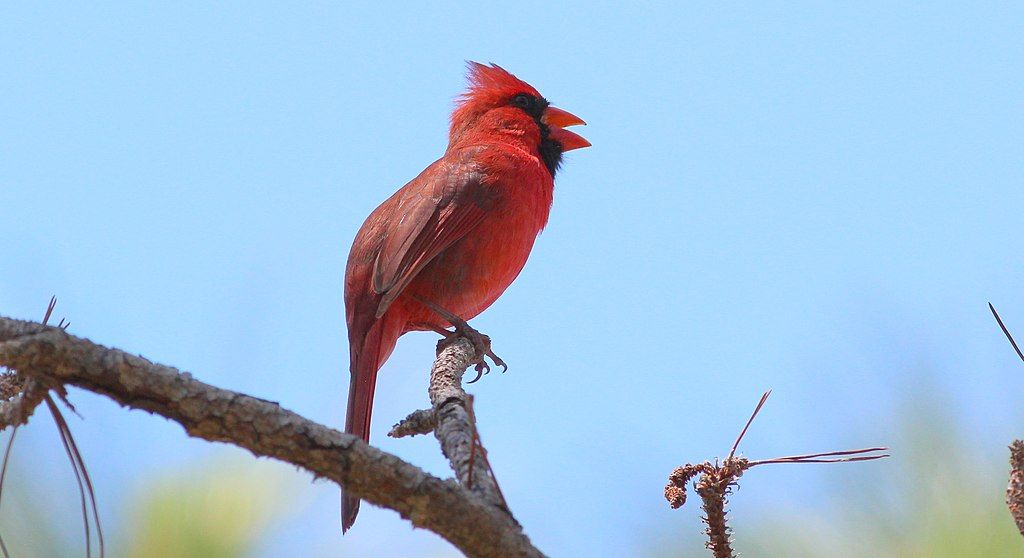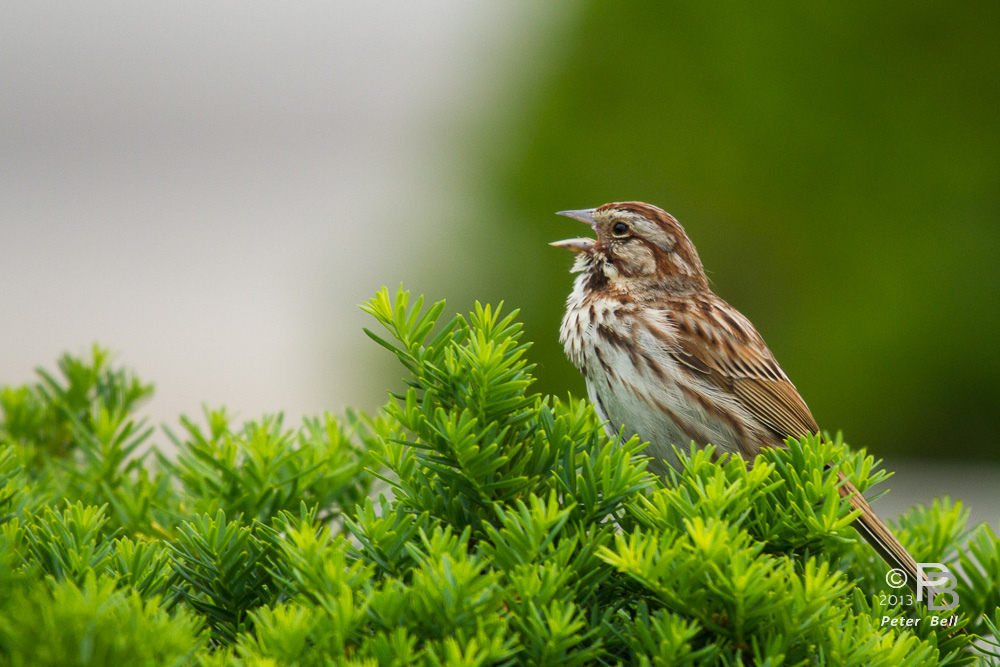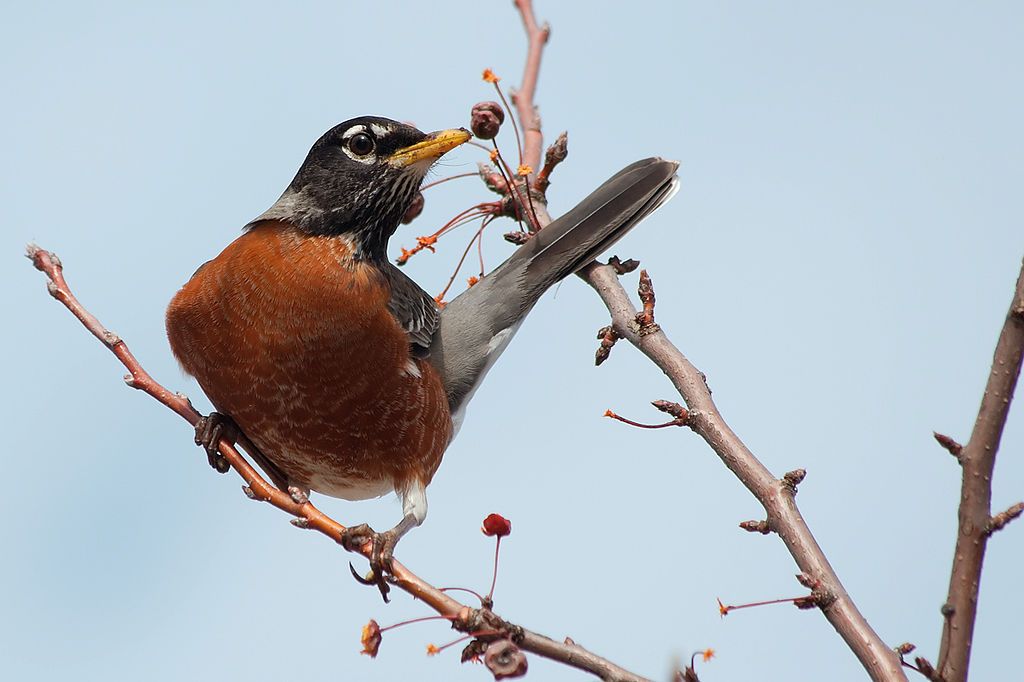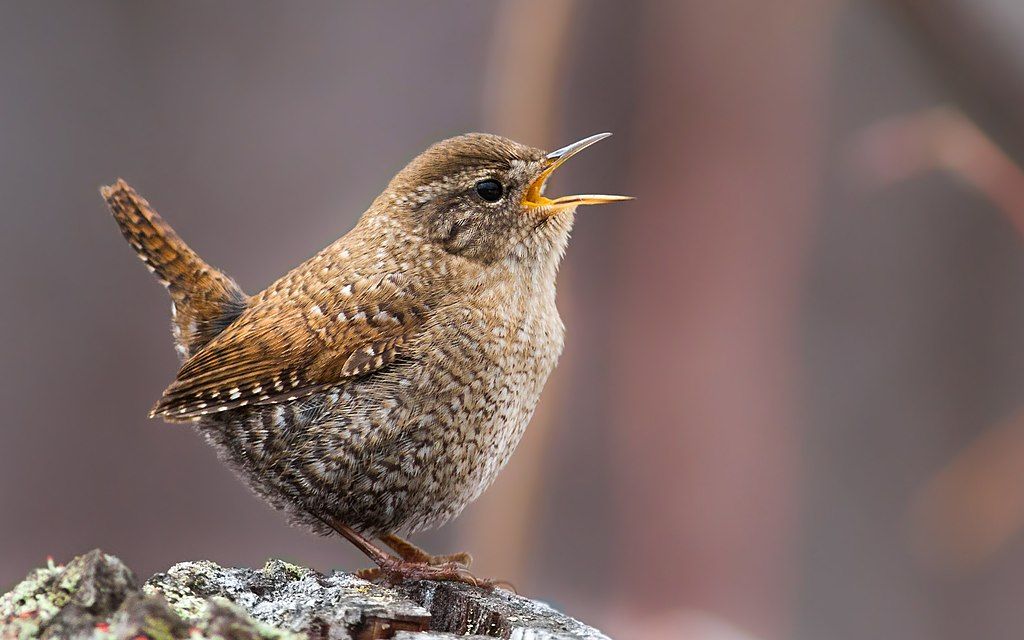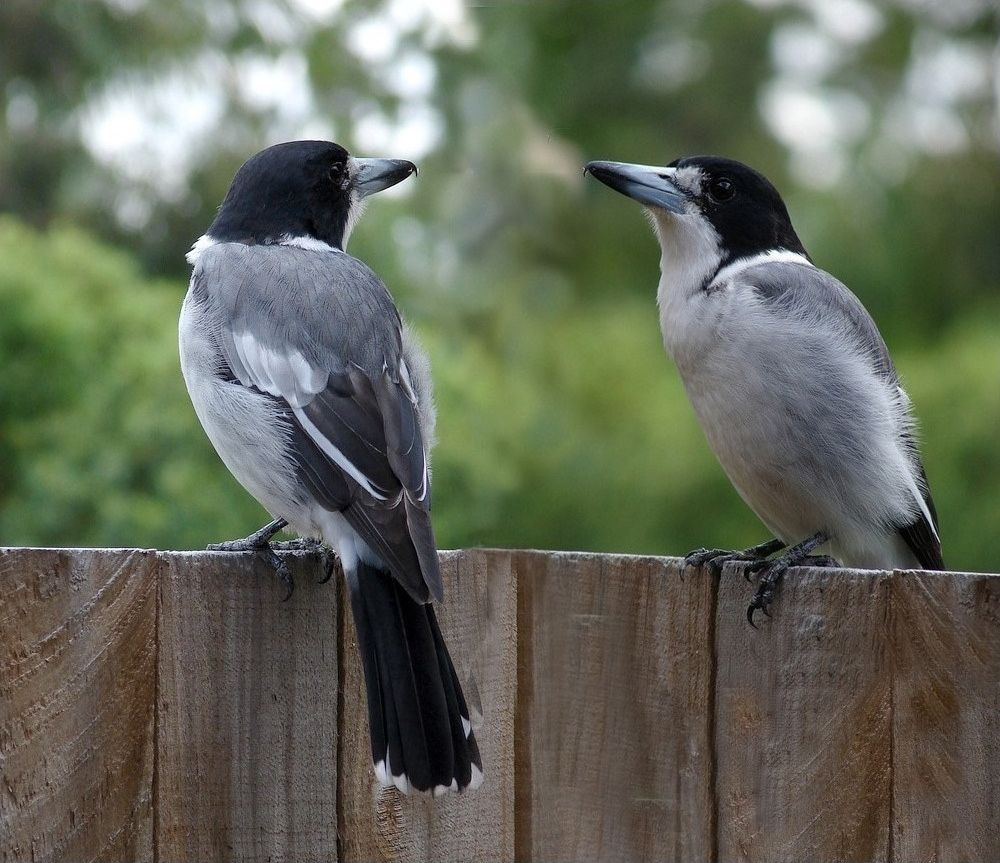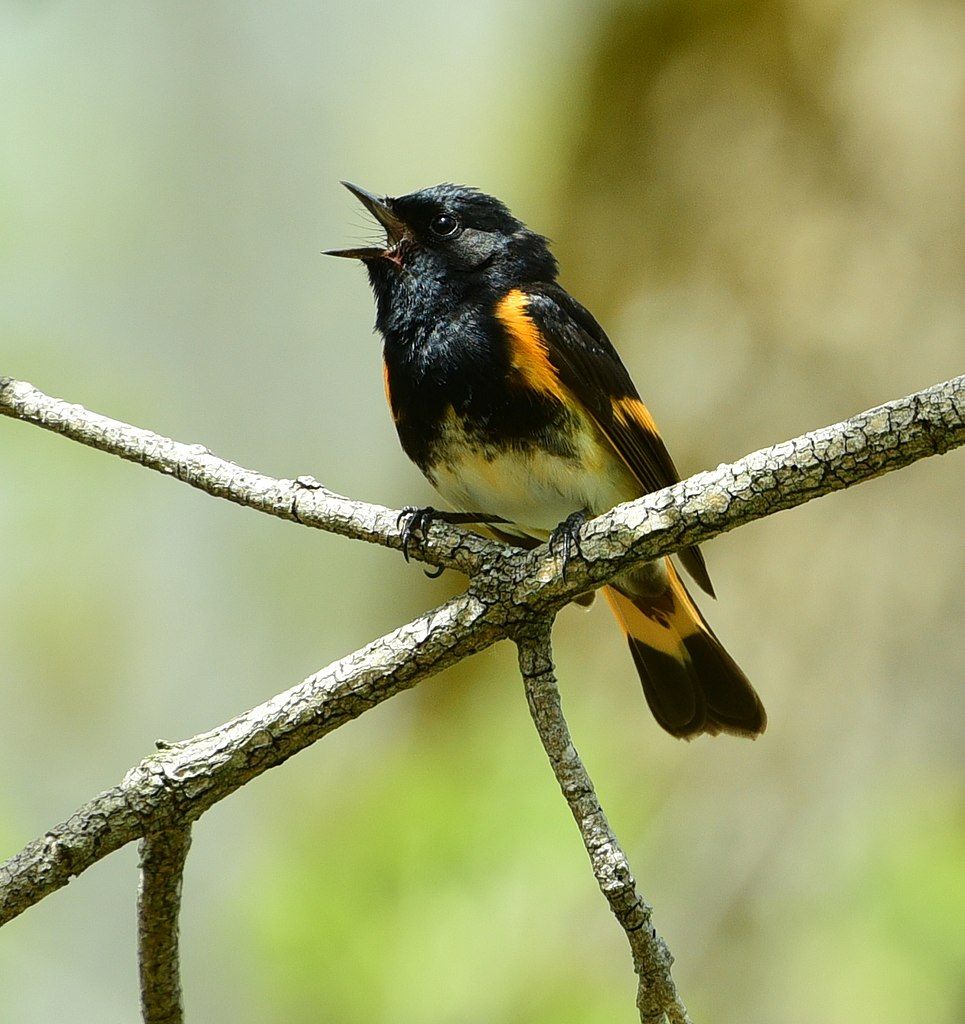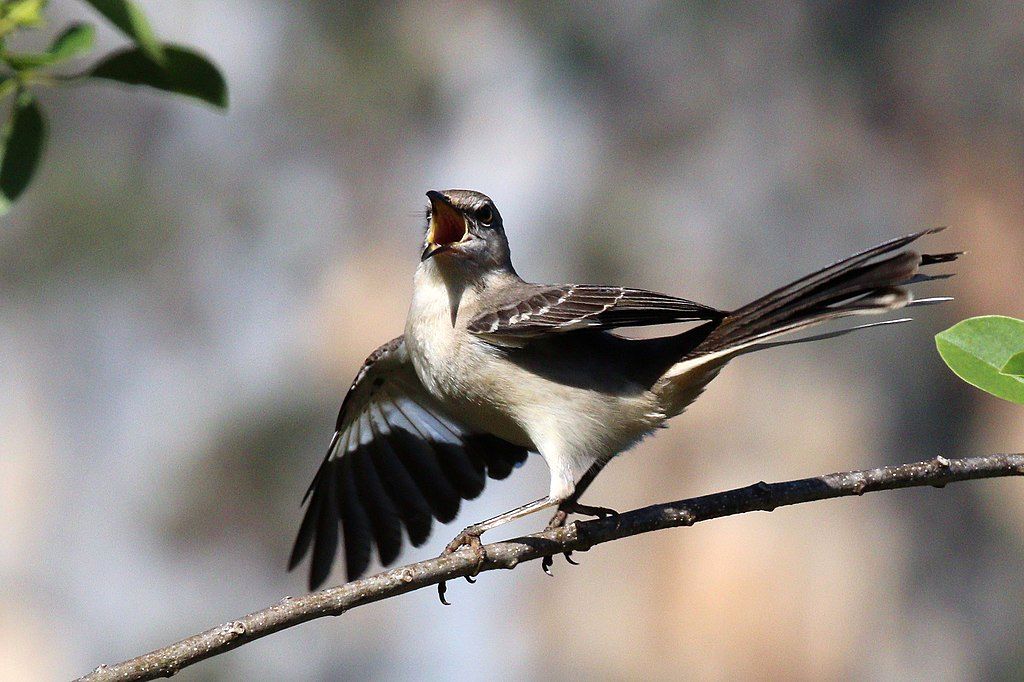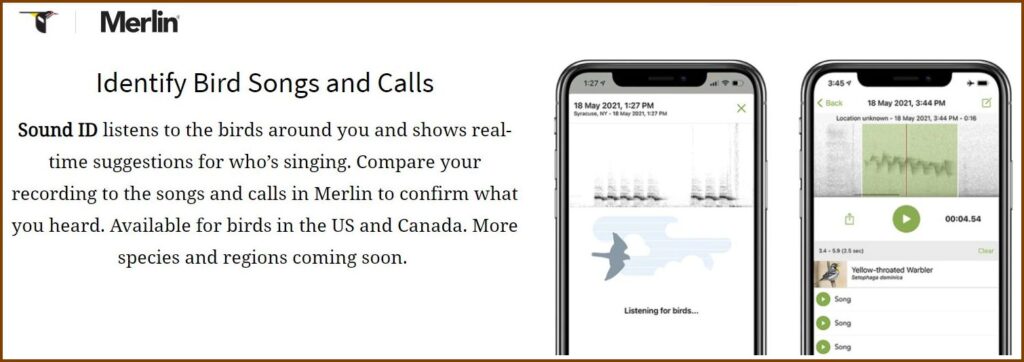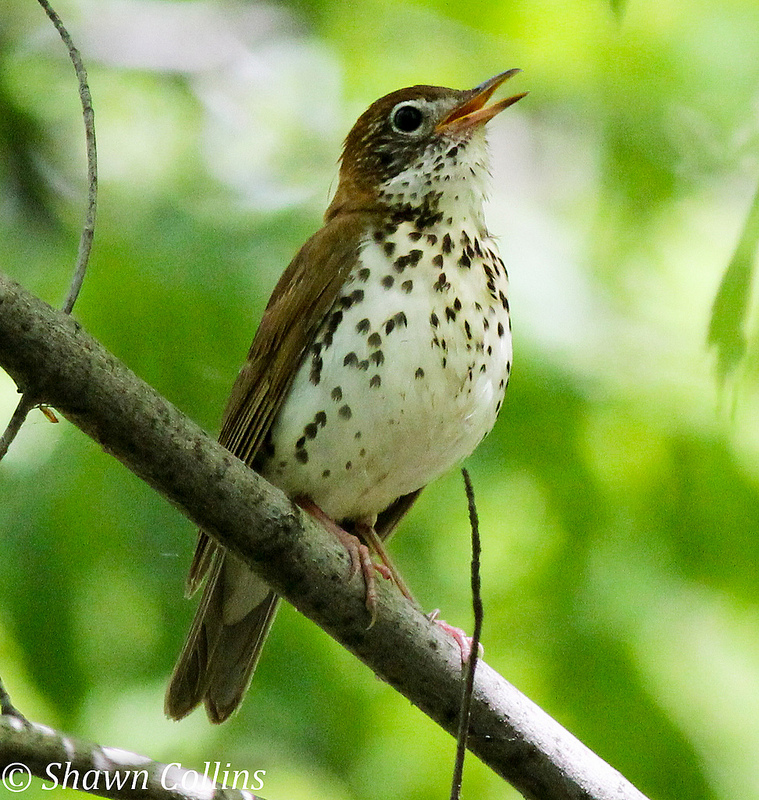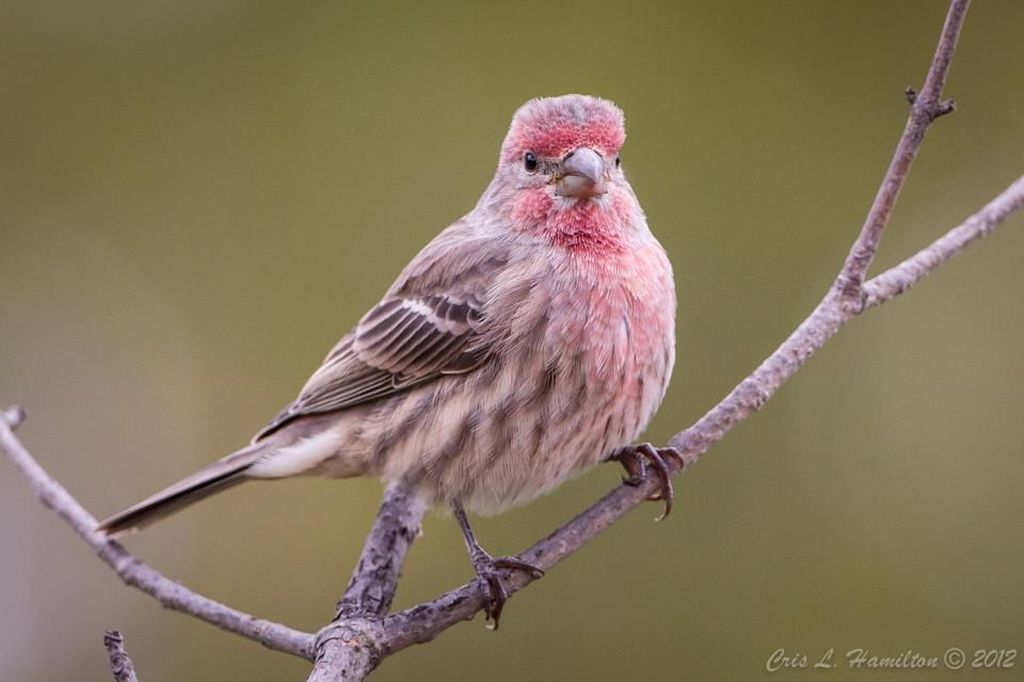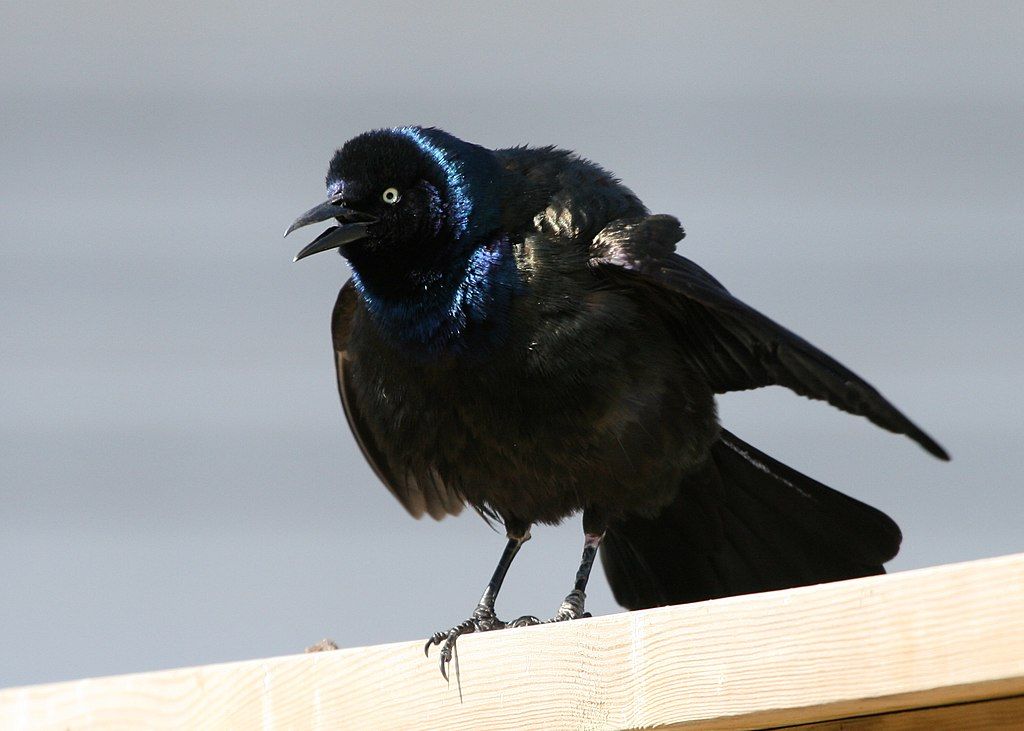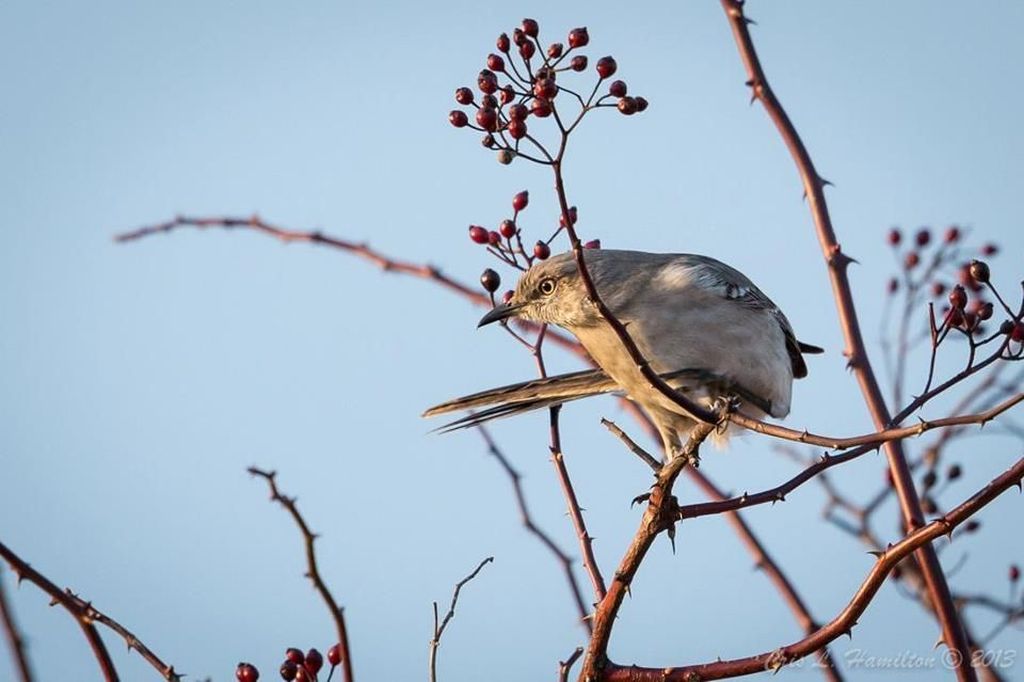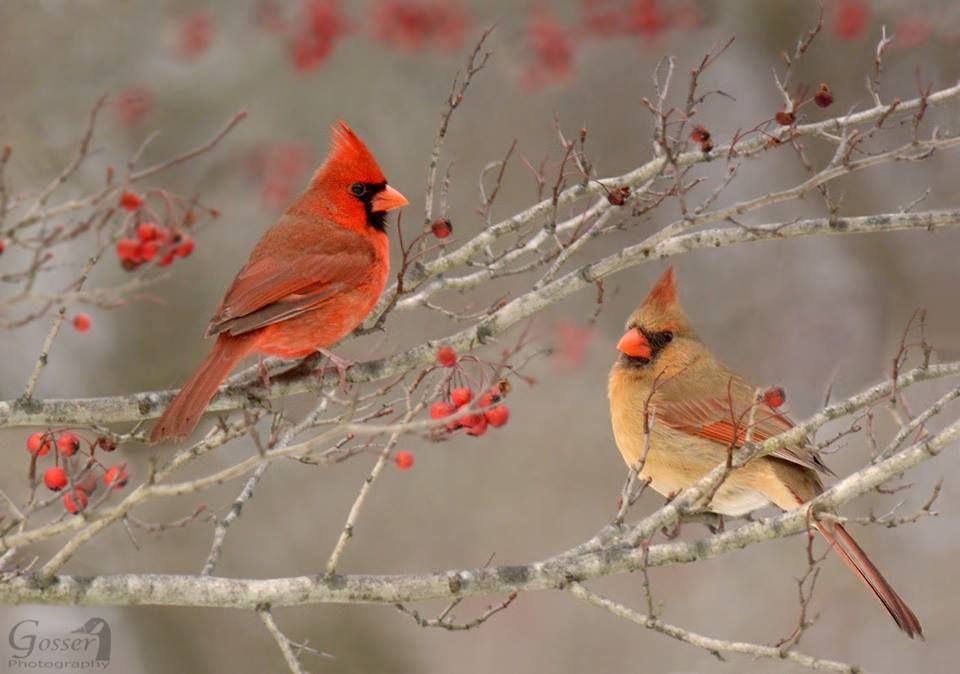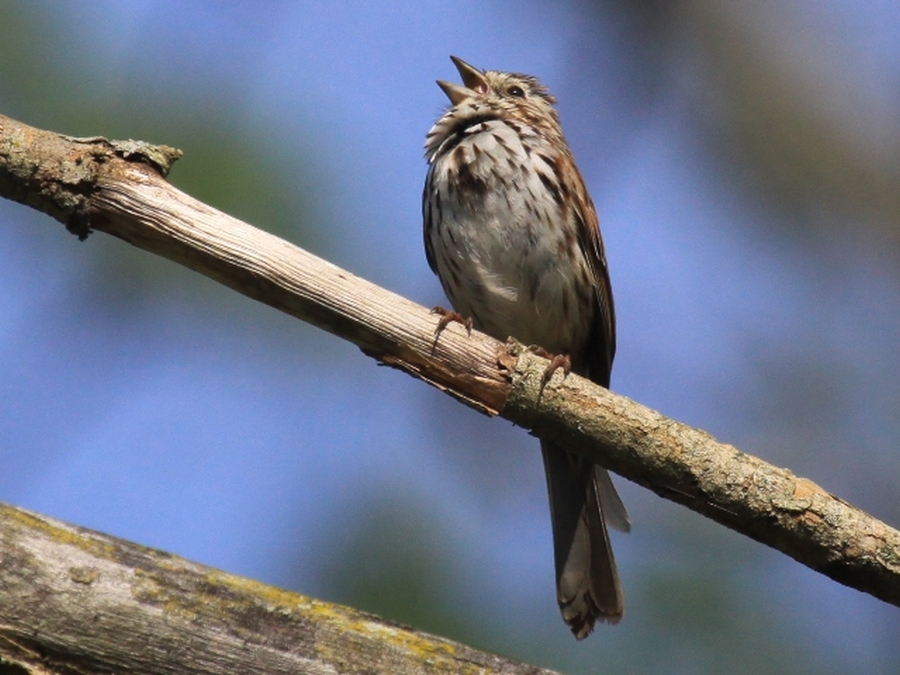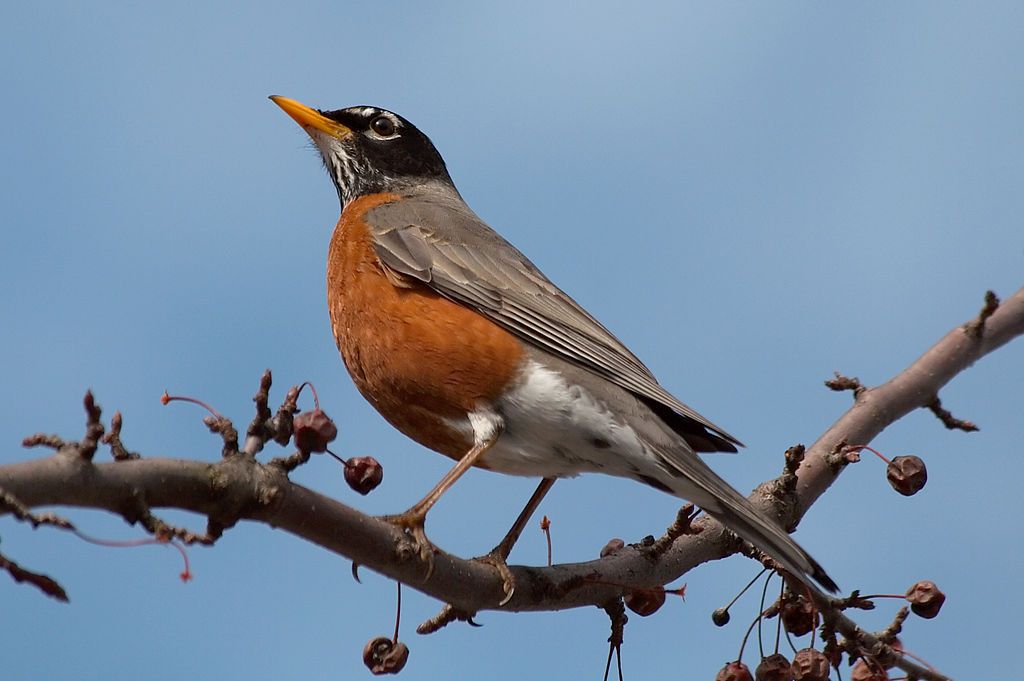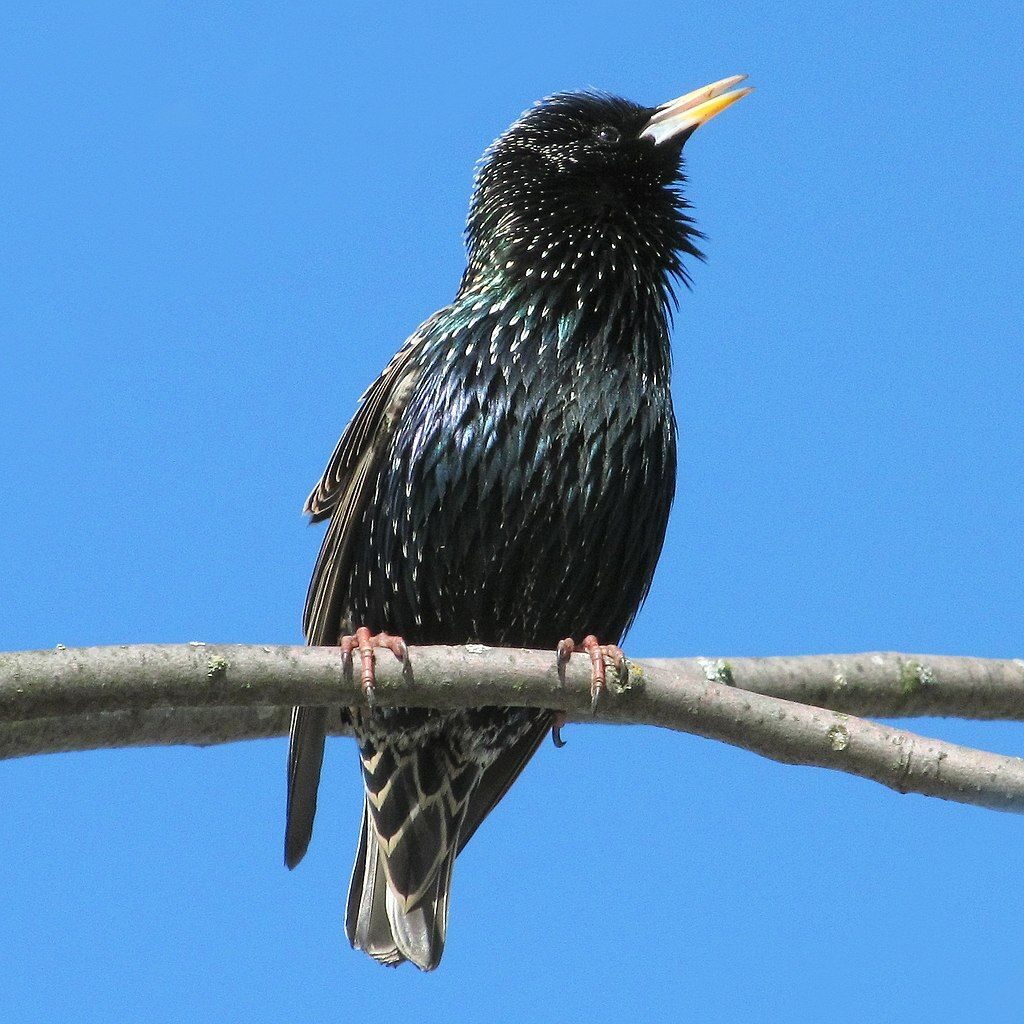
20 April 2022
The Past as told by Starlings
In the spring starlings sing their wiry scratchy songs, punctuated with puttering sounds and embellished with mimicry of other birds. They usually copy their neighbors but like to add the coolest sounds of migrating birds. Starlings tell us what they heard in the past few days and nights.
Have you heard a killdeer call from a city housetop? It’s a starling telling you he heard a killdeer recently. Other examples include.
- Mimicking an eastern meadowlark.
- Mimicking the Eurasian oystercatcher in Scotland, the starling “calls from a roost in a building after a night of heavy passage of migrant oystercatchers.”
- Mimicking his neighbors in Toronto, including American goldfinch and red-tailed hawk at 0:53 – 1:07. He’s so good at it that he fooled my Merlin Bird ID app.
The Future as told by Starlings
“You will see a raptor overhead.”
Starlings make a wiry spitting alarm-call that means “Danger From The Air!” If you hear this call, look up to see a raptor. The starling tells your future. (Note: In this recording from Colorado, the robin-like song in the background is a black-headed grosbeak.)
Bonus Bird ID: The Virtuoso For those of you familiar with birdsong in southern California, this starling in San Diego County will give you a run for your money! It even fooled the Merlin Bird ID app. The recording’s description says. “Much mimicry including Northern Flicker, Nuttall’s Woodpecker, Mountain Quail, Mountain Chickadee, California Towhee, Acorn Woodpecker, Killdeer, and perhaps American Kestrel and Common Poorwill.
(photo from Wikimedia Commons, audio embedded from Xeno Canto. Click on the caption links to see the originals)
